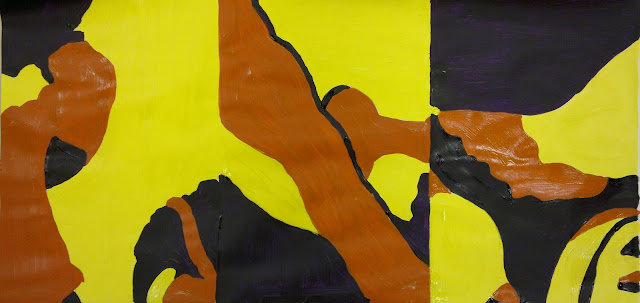Image from http://www.empireonline.com/gallery/image.asp?id=64237&caption=
I saw it on an Imax screen, so the quality of the image and sound (which was amazing, particularly in the Gollum scenes as the sound echoes around you) is probably the highest that it could be, so I had a good position to see how the frame rate affected the film. To be honest I really didn't like it to begin with - I know that the aim of films is to try to immerse you fully in the experience, to make it feel like you're there, but it looked too real, like it was being filmed by a cheaper TV standard camera. It was that detailed that it made some things look fake and sometimes a bit cheap, perhaps especially because it is a fantasy film. Other times it was very immersive and the images were crystal clear, but most times it seemed to drag me away from the world rather than pull me into it.
The motion capture technology is only improving though - Gollum is so fully formed that you can see Andy Serkis' features coming through slightly, showing the level of detail that the technology picks up now. However, watching The Hobbit made me miss traditional effects as it is incredibly reliant on computer animation. I know it's a fantasy film and most of the film couldn't be made without it, but seeing CGI used to animate a kite, rather than making a real one, made me feel a bit sad inside. Here's hoping that Smaug is made of plasticine in The Hobbit: The Desolation of Smaug next year.

























